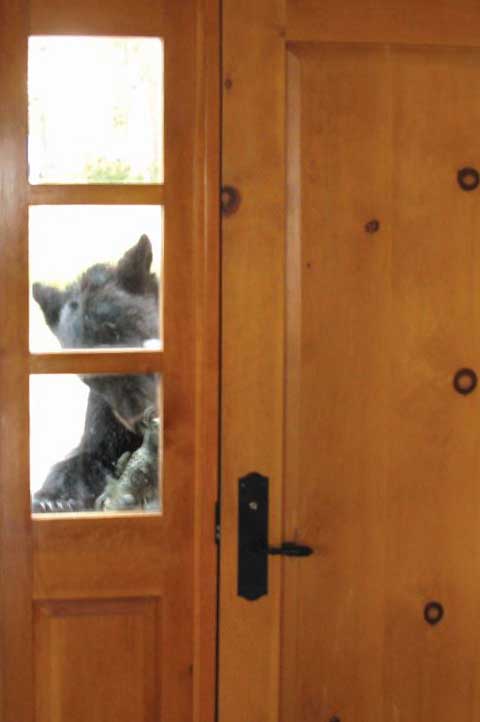Warmer temperatures bring increased wildlife activity and sometimes those animals find their way to our homes or property. They may be intentionally fed, watered and welcomed there in the case of things like bird feeders and baths, but they can also be unwanted visitors. However, before you make that nuisance wildlife call, consider why the animal has decided your space is inviting enough to extend their stay.
Just like animals in the wide-open, undeveloped wilderness, urban wildlife is looking to fulfill life’s basic necessities too. Food, water and shelter could be the reasons for your unwelcome guests.
Shelter could come in the form of a place to hide, a place to rest or to have young or even hunt. Structure is sought after and could be provided by something as simple as a pile of large rocks, things like corrugated tin, sheets of plywood, messy wood piles or tires laying around the ground, barn or shed.

By tidying up our properties, we can make the space less appealing to wildlife. And don’t forget that smaller spaces for smaller species like rodents and lizards could draw the attention of larger predators coming to your yard.
Install ample lighting around building perimeters and paths, and consider motion sensors. Suddenly-illuminated spaces are not appealing to hunters.
Water is the greatest limiting factor determining where animals can live in the desert. Having water available on your property can attract multitudes of animals simply looking for a drink. If fountains, birdbaths and the like are causing a nuisance wildlife situation for you, consider removing the attractant. As an alternative to removal, exclusion fencing or cages could be added to maintain water access for birds and nothing larger, for instance.
Speaking of larger predators, make sure your space doesn’t offer cover where those species can hide and hunt. Keep vegetation around your buildings and walkways trimmed or thinned so that you could see something bobcat sized or larger lurking there. No one needs that kind of surprise while stepping out to check the mail. Trees and shrubs should be pruned, so they do not provide easy access to roofs and attics.

Never allow open access to pet food or water outside. Feed your pets what they will eat in one sitting so the food isn’t gaining unwanted attention, which could also result in dangerous pathogen transmissions to your pets, like distemper from foxes.
We, of course, know better than to leave our own food sitting around outside, but some species’ sniffers are so much stronger than ours that we forget that even things that long-gone food has touched become attractants. Disposable plates or tinfoil used at a cookout, food packaging and your grill or smoker can smell very enticing to wildlife. Be sure to only place trash outside on the morning it is to be picked up. Leaving it out overnight invites animal inspection and a potential mess. Make sure grills are cleaned and stored for the same reasons. Use secure trash bins (or secure them yourself, if not available) to keep prying animals at bay.
Fruit trees and gardens are a welcomed addition to most outdoor spaces, but we must realize these are powerful attractants to wildlife too. Fruit or nuts left on the ground are easy pickings to a black bear. Those need to be collected and disposed of properly. Fencing, including electrified wire, could be considered to keep wildlife away from where it is unwanted.
Remember that simply seeing wildlife in your yard is not cause for alarm; they live here too. Let’s share the space and not set out a free buffet only to complain about the guests later. Imagine your property from the perspective of wildlife and think about the three big attractants – food, water and shelter – and take responsibility for what you might be doing, or not doing, to contribute to a nuisance wildlife situation.
 New Mexico Wildlife magazine Conserving New Mexico's Wildlife for Future Generations
New Mexico Wildlife magazine Conserving New Mexico's Wildlife for Future Generations
